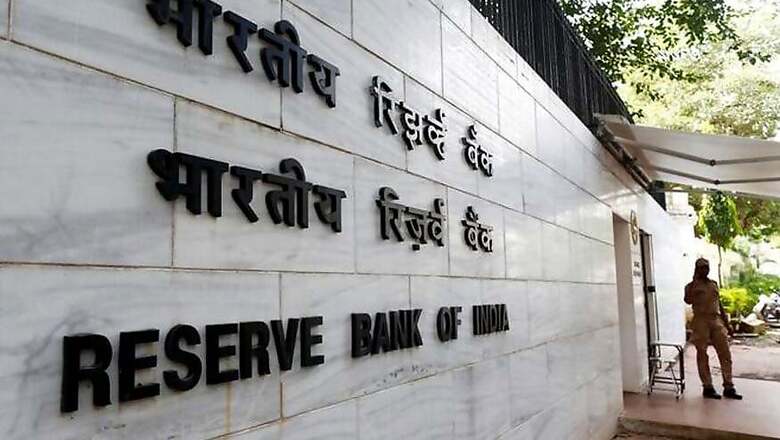
views
Pronab Sen, the former secretary of the Ministry of Statistics and Programme Implementation, was responsible for setting up the government’s data gathering machinery as the first Chief Statistician of India. One of the most regarded economists, he has taught at the Delhi School of Economics and Johns Hopkins University. Sen also had stints in the Planning Commission and the Department of Electronics. In an exclusive interview, he told News18's Tushar Dhara that fresh non-performing assets (NPAs) were created after demonetisation, and will add 2-4 percentage points to the existing level of NPAs. These, he said, were the loans given by banks to the agriculture sector and small and medium enterprises which turned bad because of demonetisation.
Edited excerpts:
How bad is banks’ NPAs problem? There are a lot of numbers doing rounds, what is your estimate?
It is quite bad, and is likely to get worse. At the moment, we are talking about a non-performing assets (NPAs) level of 9.5% to 10% (of credit outstanding) and a stressed assets number closer to 13%. The likelihood is that these would go up by 2 to 4 percentage points more.
What was the impact of demonetisation on NPAs?
At the moment none, because the government and the RBI had given banks a two-month moratorium (after demonetisation) on recognition of fresh NPAs and that moratorium starts expiring about now. We will see the impact of demonetisation in creating fresh NPAs coming up now.
Is the number you quoted on fresh NPAs on the lower or higher side?
I am being conservative, perhaps, because the way these things work is that the bulk of new NPAs are going to be in the priority sectors, which is agriculture, small and medium enterprises and so on. As far as the banks are concerned, only those that have done priority sector lending directly will show up in their books, otherwise it will show up in the books of various other institutions such as Small Industries Development Bank of India (SIDBI), National Bank For Agriculture And Rural Development (NABARD) and other refinance institutions.
People in the government are talking about a decisive action on NPAs. What could it be?
Well, I suppose the bad bank idea would be one of them. This has been under discussion for a while, but a decision hasn’t been taken until now.
Which approach would tackle the NPAs problem better: A targeted one, or a catch all approach?
NPAs have to be handled very carefully, because NPAs can happen in various ways. You can have NPAs coming out because the underlying asset is bad, or because there is a liquidity problem rather than a bad asset problem. And the two should be treated differently, and thought of differently. Having said that, a targeted or a case by case approach, is always better, rather than a portfolio approach.
What will be the likely effect on the banking system and the economy once the new NPAs are reflected in banks’ balance sheets?
That depends on how much provisioning they [government] have to make and then given that how much recapitalisation the government is willing to do, particularly for the public sector banks. The government announced only Rs 10,000 crore in the 2017-18 budget. That’s not even a scratch.
Will they have to provision for more money this year?
That depends on how bad things are. I don’t have the figures, but if we get into a situation where because of NPAs recognition the banks’ lending portfolios get frozen, then the government will have to consider a much faster pace of recapitalisation.
Among public sector banks, which ones are likely to be the most affected?
Difficult to say, but it would be the banks which have predominantly lent directly and are operating in the smaller towns and rural areas. They are the ones likely to be impacted much worse. I would imagine that these are the smaller PSU banks, and the ones which are more regional in their presence.
Has the RBI’s position on NPAs been more lenient post Raghuram Rajan?
It has been less aggressive, certainly. There have been relaxations in the pressures that Raghuram Rajan was bringing to bear on the banks in terms of asset recognition. Is that a good thing or a bad thing? That depends on whether you think that by not recognising NPAs early, you are preventing a loss of faith in the banking system. It depends on the perspective.
The Chief Statistician’s numbers around growth post demonetization had come as a surprise. Do you expect a review, or downgrading, going forward?
Most certainly there’s going to be a revision. In fact, you should expect a revision right away, but it has nothing to do with demonetisation. Once the new Wholesale Price Index comes out, the numbers are going to have to be revised, because the existing numbers are based on the old WPI series. The new series is supposed to come out at the end of the month and will have 2011-12 as the new base year.

















Comments
0 comment